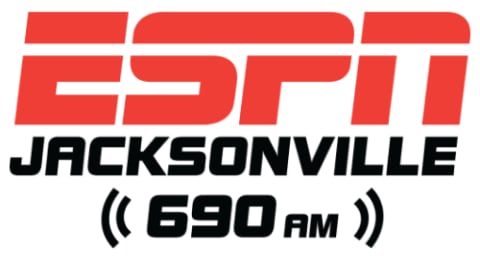Growing up in a family of horsemen in Ontario, John Campbell knew how prestigious the Hambletonian was. Then he saw good friend Ray Remmen win the first to take place at the Meadowlands in 1981.
“It was beyond a big deal,” Campbell said. “It was something special.”
On Saturday, the biggest event in harness racing celebrates a centennial anniversary with the 100th running of Hambletonian. While harness racing, like its thoroughbred equivalent, no longer holds the same prominence it once did in the U.S. sporting landscape, the storied history of the Hambletonian and its evolution to grow interest in Europe are responsible for its longevity.
“To have this big event still going on 100 years, it’s something that I’m sure they didn’t even envision when it was formed,” said Campbell, a Harness Racing Hall of Fame driver who won the Hambletonian a record six times and participated a record 32 consecutive times from 1983-2014. “It's the consistency of it. They raced it no matter what, through the Depression, through World War II, so it was always there.”
Campbell is now president and CEO of the Hambletonian Society that has shepherded the race named for the founding sire of standardbred horses through changing times. The purse is the sport's richest at $1 million, a long way from the nearly $75,000 on the line during the inaugural rendition in 1926 at the New York State Fair in Syracuse.
The Hambletonian bounced around to Lexington, Kentucky; Goshen, New York and Du Quoin, Illinois, before finding a home in East Rutherford, New Jersey.
“Even during the war, they did have to because of gas rationing take it to Yonkers,” said Tom Charters, who worked at the Hambletonian Society from 1984-2017, including a lengthy stint as president. “That’s part of the charm of it, I think: the multiple venues and where it’s gone and where it’s been.”
Another charm? The winning horse gets to drink out of the trophy. That is something Charters saw pictures of and made sure would become part of the Hambletonian ceremony — with the name of the race and the horse logo always facing the cameras.
"It's become as symbolic as drinking milk at Indianapolis, for me, anyway," Charters said, referring to the Indy 500 tradition.
Campbell has his favorite memories, notably, he said, “Winning." His first victory with Mack Lobell in 1987 and winning with Tagliabue— trained by his brother, Jim, and named after longtime NFL Commissioner Paul Tagliabue — in '95 stand out as special, along with 2006 with Glidemaster to revitalize his career after injury.
Chris McErlean, who worked at the Meadowlands from 1992-2007, remembers filly Continentalvictory beating the colts in ‘96, amateur Malvern Burroughs winning with Malabar Man in ’97 and Swedish owner/trainer/driver Stefan Melander taking the race in 2000 with Scarlet Knight following efforts to encourage European participation.
“It made it a big international sensation,” McErlean said. "He had a lot of international interest.”
It has garnered so much interest across Scandinavia and even France that of the 10 horses in the Hambletonian this year, nine have European trainers.
Moira Fanning, who has worked at the society since 1987 and has been chief operating officer since 2017, expects more than $9 million to be wagered worldwide on the 100th Hambletonian. Fanning credits crossover horse betting from Saratoga Race Course and national television for keeping the event in the spotlight internationally, even though the on-track attendance is now expected to be 8,000-10,000.
At its height in 2005, a crowd of 31,000 packed the old Meadowlands — and the current limit is roughly a third of that.
“Harness racing is a niche kind of regional sport. It has lost ground. Tracks have closed,” Fanning said. “Racing had a wonderful 200-year gambling monopoly that it no longer has, so it has taken a lot of work to keep it prominent and keep it on national TV and keep the big days big.”
Essentially the Kentucky Derby of the harness world, Fanning said the Hambletonian might be the one trotters race known in the mainstream public. Inside the industry, it remains a big deal and something special.
“Even though the sport in general’s been challenged and it maybe is not at the peaks it used to be, the Hambletonian is still the biggest thing, the biggest prize out there,” McErlean said. “It almost has as much international cache as it does prominence over here because of its longstanding history and being the richest race, being the biggest race on the calendar.”
___
AP horse racing: https://apnews.com/hub/horse-racing
Copyright 2025 The Associated Press. All rights reserved. This material may not be published, broadcast, rewritten or redistributed without permission.








